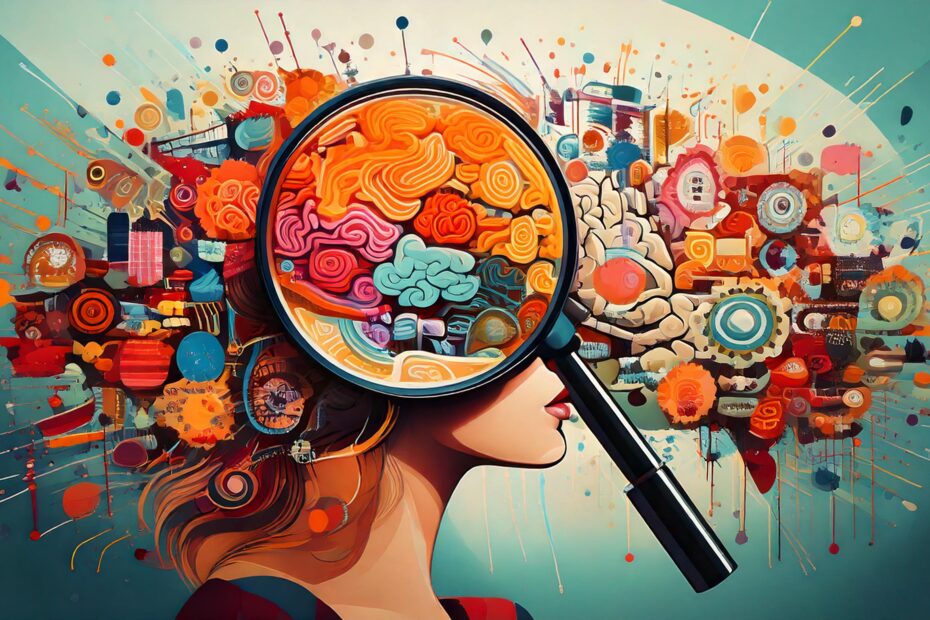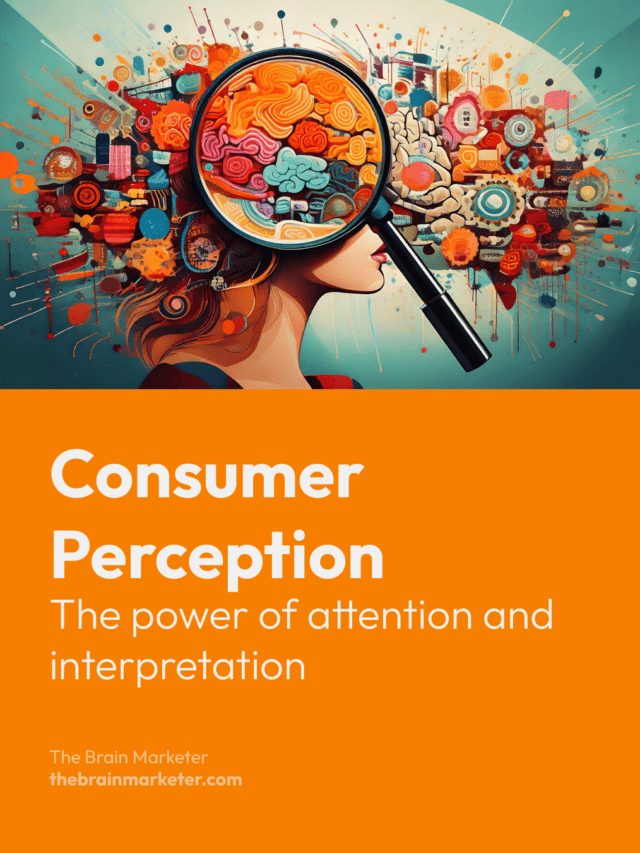Introduction
In marketing, perception is everything. What consumers perceive about a product or brand is often more important than the reality of the product itself. Perception is the process by which individuals select, organize, and interpret information to construct a coherent image of the world around them. This article explores the mechanisms of perception that influence how consumers receive marketing messages, focusing on selective attention, selective distortion, and selective retention.
🎙️ Unpack the Topic with this Podcast
What Is Perception in Marketing?
Perception is a complex process through which consumers filter and interpret the many stimuli they are exposed to each day. In marketing, it is crucial to understand that perception is often subjective: it depends on beliefs, experiences, and the context in which the stimulus is received. This is why an effective marketing strategy is not just about offering a quality product, but also about influencing how consumers perceive it.
The Three Mechanisms That Alter Perception
Three key mechanisms can alter the perception of a stimulus: selective attention, selective distortion, and selective retention. These processes play a crucial role in how consumers react to marketing messages.
Selective Attention
Selective attention is the tendency for individuals to filter out the information around them. Faced with an information overload, the brain cannot process everything it receives. Therefore, consumers focus only on certain aspects of marketing messages, often those that are directly relevant to their needs and interests.
Example in Marketing: Imagine a car advertisement targeting different types of customers. A consumer concerned with safety will pay particular attention to mentions of safety features (such as airbags or emergency braking systems), while another consumer, more interested in technology, will focus on connectivity or advanced features.
Marketing Strategy: To overcome selective attention, it is essential to create messages that grab the attention of the target consumer at first glance. Striking images, bright colors, and engaging headlines can help capture attention and make the message more difficult to ignore.
Selective Distortion
Selective distortion is the mechanism by which individuals distort the information they receive to make it more consistent with their beliefs and expectations. This process is influenced by personal biases and can lead consumers to interpret marketing messages in a biased way.
Example in Marketing: A consumer loyal to a particular smartphone brand might see a competitor’s ad highlighting technological innovation and downplay this information because it does not align with their belief that their preferred brand is the best on the market.
Marketing Strategy: To reduce the impact of selective distortion, it is important to build messages that do not contradict consumers’ beliefs but rather complement them. For example, by highlighting testimonials or user reviews, it becomes possible to counter preconceived beliefs and demonstrate the value of the product in a more convincing way.
Selective Retention
Selective retention refers to the tendency for consumers to more easily remember information that supports their beliefs and forget information that does not. In other words, a consumer will remember the positive aspects of a product they like and forget the negative aspects, while they will do the opposite for a product they do not appreciate.
Example in Marketing: A customer who likes a particular clothing brand will be more likely to remember the product’s qualities (e.g., its durability or comfort) and less likely to recall drawbacks like a high price or difficulty in cleaning. This bias is particularly true for some categories of consumers. For example, studies show that women are more prone to selective retention when evaluating products that are meaningful to them.
Marketing Strategy: To take advantage of selective retention, it is crucial to reinforce the positive aspects of the product or service in communication. Emphasizing specific benefits, a positive user experience, and striking visual elements helps create a positive memory that will persist.
Influence of Perception Mechanisms on Marketing Strategy
Understanding the mechanisms of perception allows marketers to adapt their strategies and build more effective campaigns. It is important to remember that, for consumers, perception is more important than reality. This means that a product may be objectively superior, but if it is not perceived as such by consumers, it will not achieve the expected success.
- Capture Attention: Use visual and auditory stimuli to capture the consumer’s attention. Bright colors, distinctive sounds, and eye-catching keywords are essential to stand out.
- Adapt to Beliefs: Take into account consumers’ beliefs and expectations to reduce selective distortion. The more aligned the message is with expectations, the more positively it will be perceived.
- Create Positive Memories: Emphasize positive and repetitive aspects to encourage selective retention. Simple slogans, attractive visuals, and testimonials can help reinforce the memory of positive aspects.
Conclusion
Perception and attention are crucial elements of consumer behavior. As a marketer, it is important to understand that each individual filters, interprets, and retains information differently. By considering selective attention, selective distortion, and selective retention mechanisms, you can refine your message to be more impactful and memorable. Remember: in marketing, perception is more important than reality, and knowing how to influence perception is the key to success.

Vincent Heimann is a marketing project manager and neuromarketing enthusiast. He founded The Brain Marketer to bridge neuroscience and marketing through accessible, science-based content. With over 10 years of experience in digital strategy, UX/UI and communication, he shares practical insights to help brands connect with the human brain — ethically and effectively

